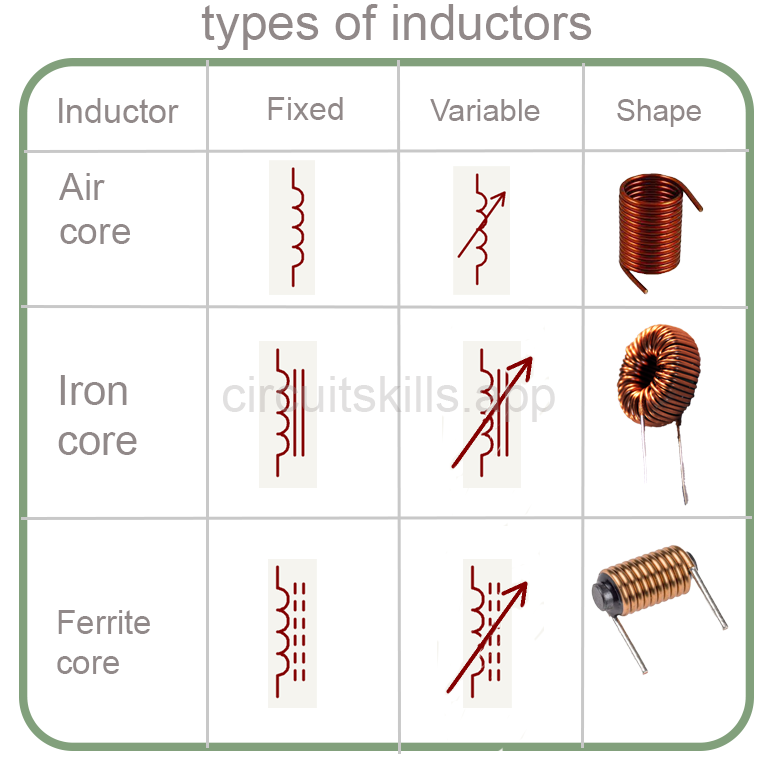Coil
A coil, or inductor (measured in Henrys), is a passive electrical component made of a conductive wire wound in a spiral around a core (which can be air, iron, ferrite, etc.). In short, it opposes variations in the electric current passing through it by storing energy in the form of a magnetic field.
Different types:

There is a wide variety of coils, classified according to:
Core material:
- Air core: Used for high frequencies and low inductances.
- Ferromagnetic core (iron, ferrite): Allows for higher inductances with fewer turns, used in power supplies and low-frequency filters.
- Toroidal core: Provides better magnetic field confinement and reduces interference.
Winding shape:
- Solenoid: Classic cylindrical shape.
- Toroid: Winding around a ring.
- SMD (Surface Mount Device) coils: Small coils for compact printed circuits.
Winding type:
- Single-layer.
- Multi-layer.
- Honeycomb.
Specific function:
- Power inductors.
- Signal inductors.
- Chokes (blocking coils).
Coils are essential components in many electronic circuits:
Applications:
- Filtering: Coils are used in filtering circuits (low-pass, high-pass, band-pass, band-stop) to select or block certain signal frequencies. Since their impedance varies with frequency, they help attenuate specific spectral components.
- RF (Radio Frequency) circuits: In RF circuits, coils are crucial for tuning resonant circuits (with capacitors) in transmitters, receivers, oscillators, and RF filters. They contribute to frequency selection and impedance matching.
- Converters (power): In switching power supplies (DC-DC, AC-DC), coils (often called storage inductors or smoothing chokes) play a fundamental role in energy storage and transfer. They help smooth the current and maintain a stable output voltage despite the rapid switching of transistors.
See other components: